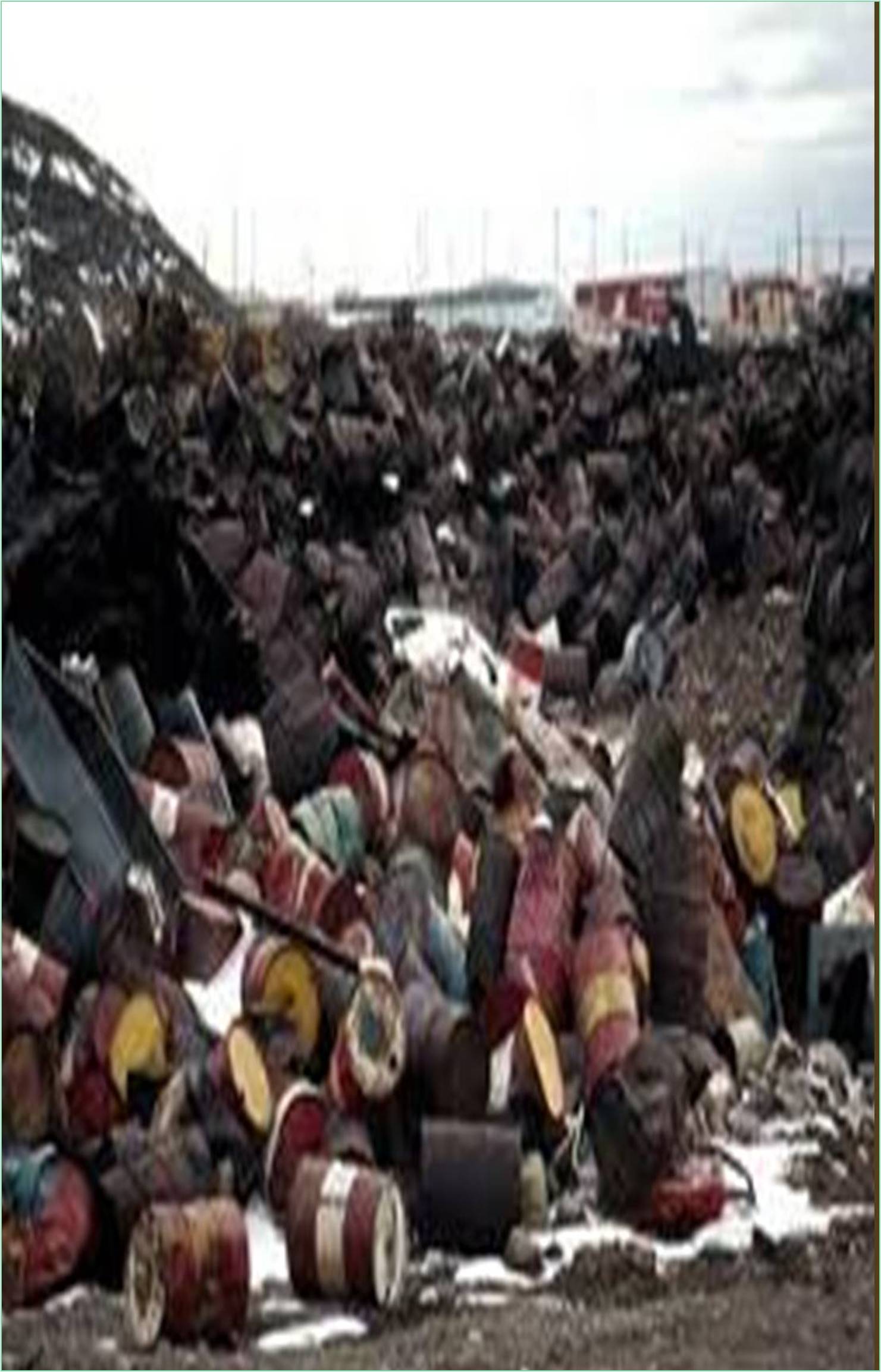



Received: 25-Jan-2022, Manuscript No. GJPHWM-22-59016; Editor assigned: 31-Jan-2022, Pre QC No. GJPHWM-22-59016 (PQ); Reviewed: 14-Feb-2022, QC No. GJPHWM-22-59016; Revised: 21-Feb-2022, Manuscript No. GJPHWM-22-59016 (R); Published: 28-Feb-2022, DOI: 10.15651/GJPHWM.22.5.16
Sewage treatment plant life have a tendency to identical primary treatment processes, despite the fact that they could range relying on the character of the effluent (i.e. floating material, suspended and dissolved solids), concentrations of diverse chemicals, the relative dry and wet climate flows, and the law governing the handled sewage discharges. It is vital to take away huge solids, e.g. street grit and silt from the uncooked sewage so that you can save you mechanical harm or blockages to pumps, valves, channels, and orifices. The preliminary degree of the Primary Treatment consists of a settling channel or tank, called Grit Removal, followed with the aid of using screening, to take away floating and huge natural material. Coarse screens, normally bars with 6mm spacing, are accompanied with the aid of using exceptional screens, after which drum filters. Screening can be combined with maceration, which entails shredding the uncooked sewage, observed through a procedure to weigh down the solids into very small particles. The screened sewage is then surpassed to an in addition tank, referred to as Sedimentation, to settle the majority of the suspended matter. Colloidal and dissolved solids are not eliminated and require in addition remedy on the Secondary Treatment degree.
The sewage includes toxic chemical compounds each natural and inorganic. Organic waste, containing carbon, blended with different chemical elements, is damaged down through the organic processes. This includes growing a subculture of microorganism and different micro-organisms, which in the presence of enough oxygen, multiplies and feeds at the chemical materials in the sewage. Oxidation of the ammonia, for example, effects in the conversion to nitrogen compounds, which include nitrite, and within addition oxidation, to nitrate. This response is named nitrification. Inorganic chemical compounds also can be treated, to a lesser quantity through organic action; however they may require some form of chemical treatment. If the method is accomplished correctly, the net result is a treated sewage which has a totally low toxicity level, appropriate for very last discharge. The boom of the populace of micro-organisms is decided through the provision of nutrient (provided through the raw sewage), temperature, pH, and (maximum importantly) dissolved oxygen. Optimum situations range consistent with the species; however are approximately 25 to 32°C, 5.5 to 9.5pH, and 2mgl-1 respectively.
This includes a large circular tank or series of tanks containing stone or plastic portions which is sprayed with the screened sewage through a mechanical rotating arm transferring over the surface. The medium is adequately unfastened to allow the liquid to permeate it and provide unfastened access of air. A skinny movie of microorganisms is then supported at the mattress which gives organic decomposition of the sewage. The nature of the medium is essential to make certain a good enough retention time for optimum efficiency. The liquid leaving the mattress passes to in addition settling or humus tanks, in which residual solids collect, and are withdrawn periodically for sludge disposal.
The general recovered solids from the grit traps, screens, filters, surplus activated sludge, and settling tanks are exceeded periodically to the Sludge Treatment Plant. On older plants the sludge can be exceeded to large lakes or lagoons, from which the water is administered off or allowed to evaporate slowly. The remaining solids are buried, burned, or sold as fertiliser. Current practice involves dewatering of the sludge with filters earlier than being handed on to digesters. Here, anaerobic micro-organisms flourish in heat conditions, breaking down any sludge into inorganic solids and methane gas. This gas may be used to offer energy for electricity generation, to use at the site.